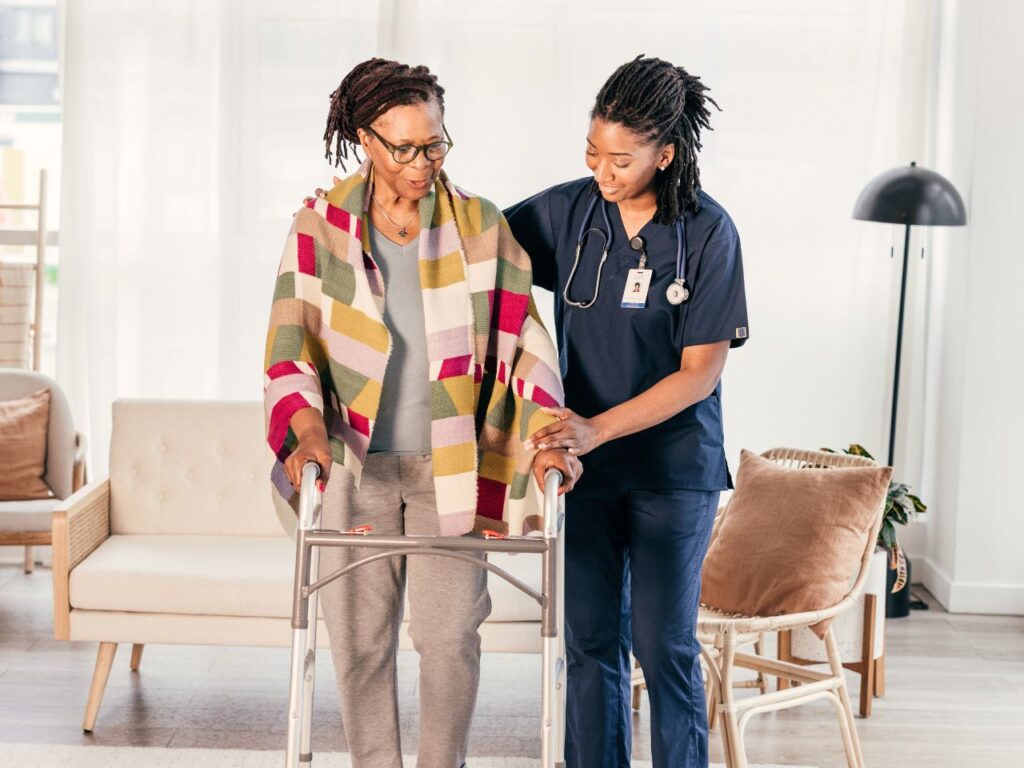
by Megan Bernier, MSPT RAC-CT COS-C
With the Discharge Function Score quality measure being added to Care Compare in January 2025 and in the HHVBP CY 2025 Performance Year applicable measure set, it’s more important then ever to understand the accurate coding of the GG items used in the calculation of the measure.
This blog is Part 3 of a 3-part series on the Discharge Function Score Quality Measure.
Accurate measure results for the Discharge Function Score quality measure require accurate coding of the activities included in the measure, specifically GG0130 Self-Care and GG0170 Mobility. In addition to knowing and understanding the CMS-approved guidance associated with the GG activities, clinicians need assessment strategies for completing their patient assessments and selecting the accurate code for each activity.
In addition to observation, which we know will provide the most complete picture of the patient’s status, CMS also allows the use of collaboration with other agency staff, considering reports of the patient’s status from the patient and/or caregivers, as well as assessment of similar activities to code the GG activities. Utilizing all these assessment strategies may allow a clinician to select a performance code for an activity they are not able to observe the patient perform in the time spent in the patient’s home.
Here are some useful tips when utilizing an assessment strategy other than observation:
It’s also important to remember that when capturing the patient’s status at Start of Care and Resumption of Care the goal is to report the patient’s baseline ability to complete the activity. This is their ability prior to the benefit of services provided by your agency’s staff. Remember “prior to the benefit of services” means prior to provision of any care by your agency staff that would result in more independent coding.
Capturing the patient’s baseline ability at SOC/ROC may be achieved by having the patient attempt the activity prior to providing any instruction that could result in a more independent code, and then coding based on the type and amount of assistance that was required prior to the benefit of services provided by your agency staff.
Some things that should NOT be considered “providing a service” for section GG include:
Coming soon! The OASIS Answers blog: Discharge Function Score Quality Measure: Part 3 – How Activity Not Attempted Codes and Assistive Devices Impact Coding GG Items.
___
Stay up to date on new CMS information related to HHVBP and OASIS accuracy.
by Megan Bernier, MSPT RAC-CT COS-C Why is item M1100 ...
by Marian Essey, RN, BSN, COS-C Soon after OASIS data ...
by Marian Essey, RN, BSN, COS-C With the October 2024 ...
by Lori Marmon PT, MBA, COS-C Beginning January 1, 2025, ...
by Kerry Termine, DPT, HCS-D, COS-C What are the Quality ...
by Lori Marmon PT, MBA, COS-C Home health providers are ...